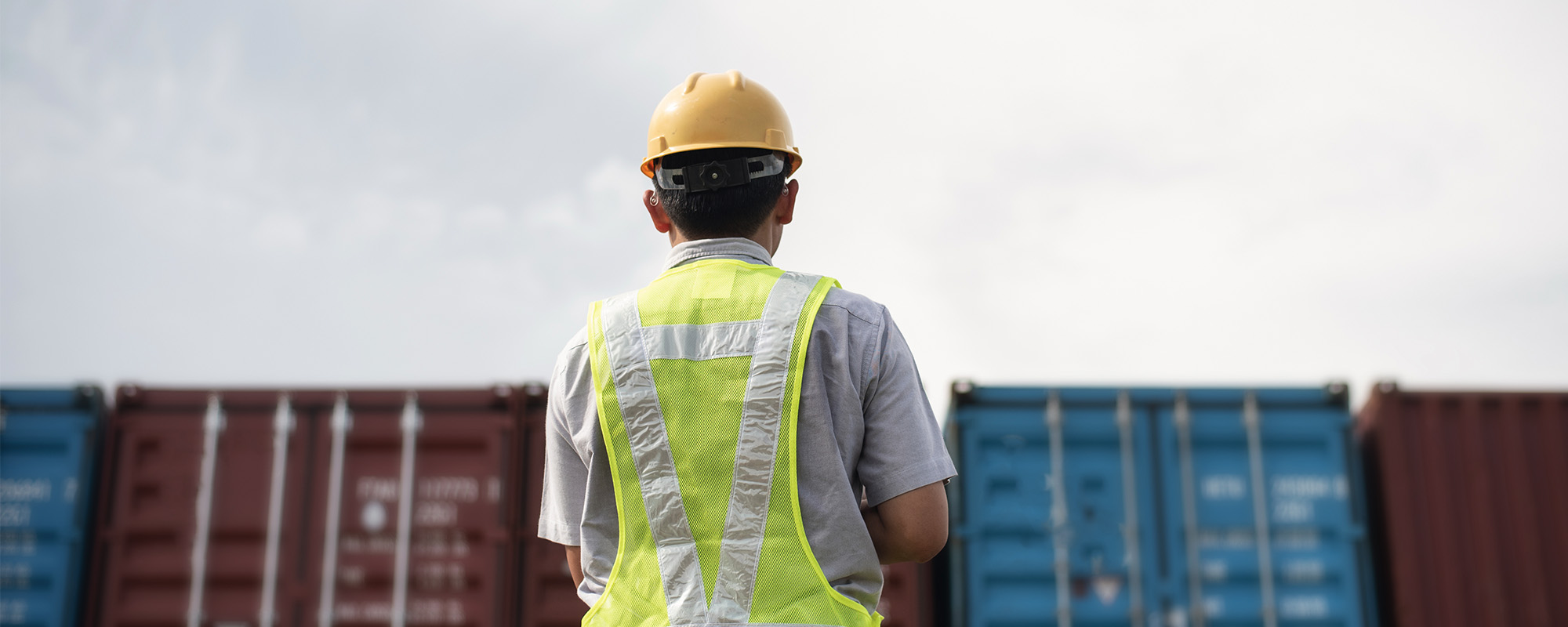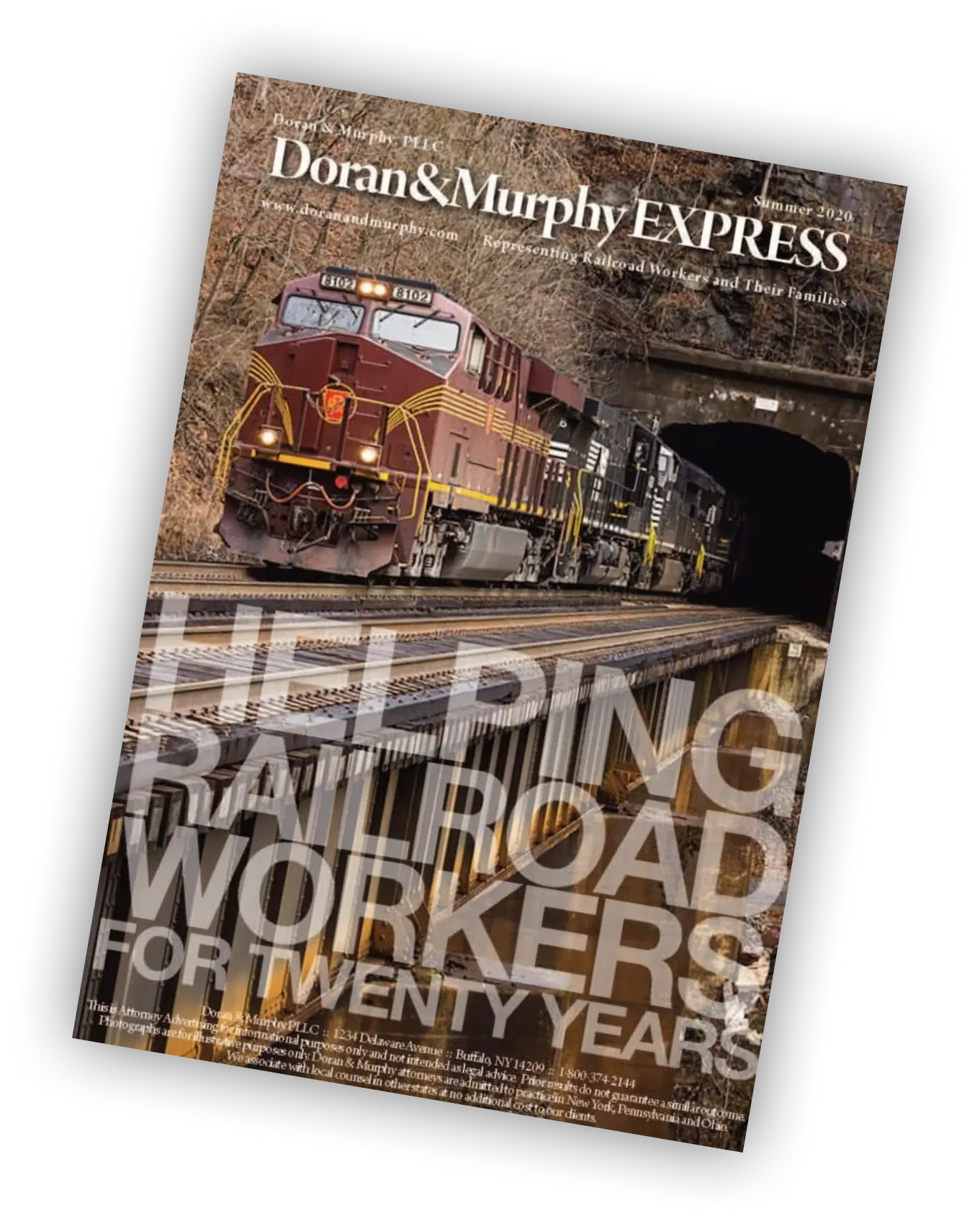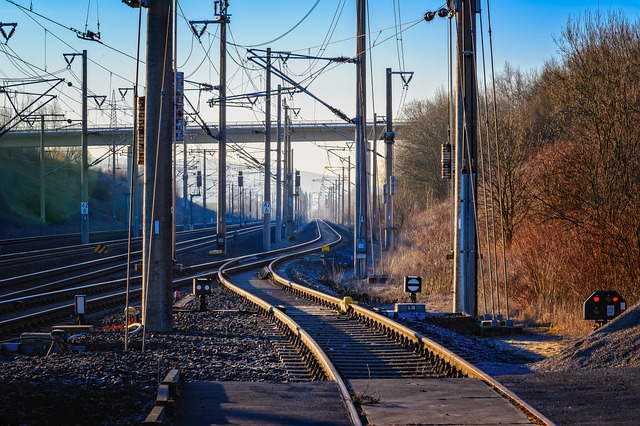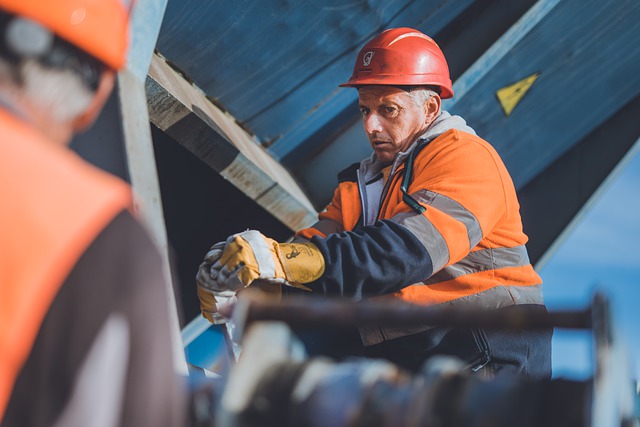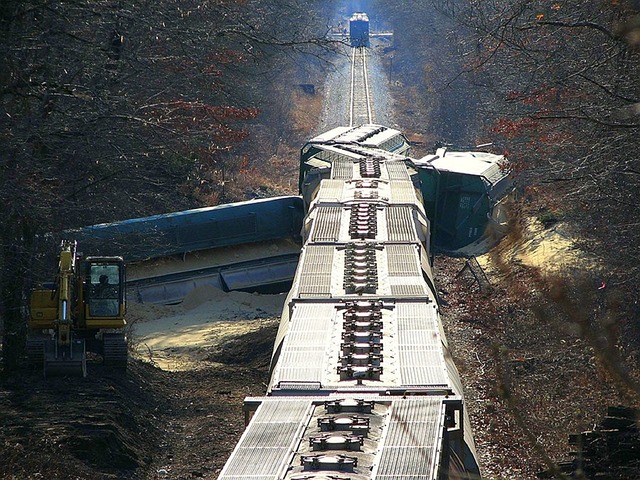
It happens all the time. A worker will call our office about a railroad injury lawsuit after getting hurt while working for a short line railroad. Oftentimes, the railroad worker has no idea that they are NOT covered by state workers’ compensation laws, but rather have the protection of a special federal law known as the Federal Employers Liability Act, or FELA. A detailed explanation of the FELA can be found here. In short, the FELA requires that railroads provide workers with a safe place to work, and when a railroad fails to do so, the railroad must pay the worker monetary damages for lost wages, medical expenses, and compensation for pain, suffering, and emotional distress.
It is important to remember that this compensation is owed to the railroad worker not just for everything that he or she has already gone through (“past damages”) but also is payable into the future if the injury is permanent (“future damages”). These future damages, such as future lost wages, can be significant, especially when the injured worker planned to work for many more years at the railroad but is unable to do so because of their injuries.
Many railroad workers assume that the FELA only applies to large railroads, such as Union Pacific, CSX Transportation, Norfolk Southern, or BNSF. However, the FELA also applies to the approximately 700 short line railroads operating in the United States. A list of the short line railroads that can be subject to FELA liability can be found here. (After clicking on this link, please scroll to the bottom. NOTE: Even if you were hurt while working for a railroad that is not listed, you should call our railroad injury lawyers because this list is always changing and is not complete.)
There are significantly fewer railroad workers employed by short line railroads compared to large Class 1 railroads. As a result, one would think that worker injuries on short lines are rare and infrequent. However, that is not the case. One reason for this disappointing fact is that short line railroads often provide less safety training and personal protective equipment than larger railroads. Short lines are often more likely to drop the ball when it comes to keeping up with maintenance, which may be a consequence of having fewer workers to maintain tracks and equipment, including locomotives and rail cars. What this all adds up to is increased risks of severe and life-changing injuries for short line railroad workers as noted in a prior blog.
Short line railroad workers may get hurt in any number of ways, including but not limited to:
- Slipping or tripping on locomotives floors or railroad shop floors due to oil/debris
- Defective ladders, sill steps, cut levers, handbrakes or other safety equipment on rail cars and locomotives
- Improperly maintained switches or railroad tools
- Lack of safety equipment such as safety glasses or gloves
- Back injuries due to not having enough help or not having assistive devices
- Derailments caused by poor track maintenance practices
While it is true that cutting corners on safety can make the owners of short line railroads more money, putting profits over worker safety comes at great cost to the engineers, conductors, laborers, track workers, car inspectors, mechanics and other rail workers employed by them.
If you worked for a railroad and have been seriously injured, call or email the railroad injury attorneys at Doran and Murphy! We are here to answer your questions confidentially so you can protect your rights and your family’s future.
